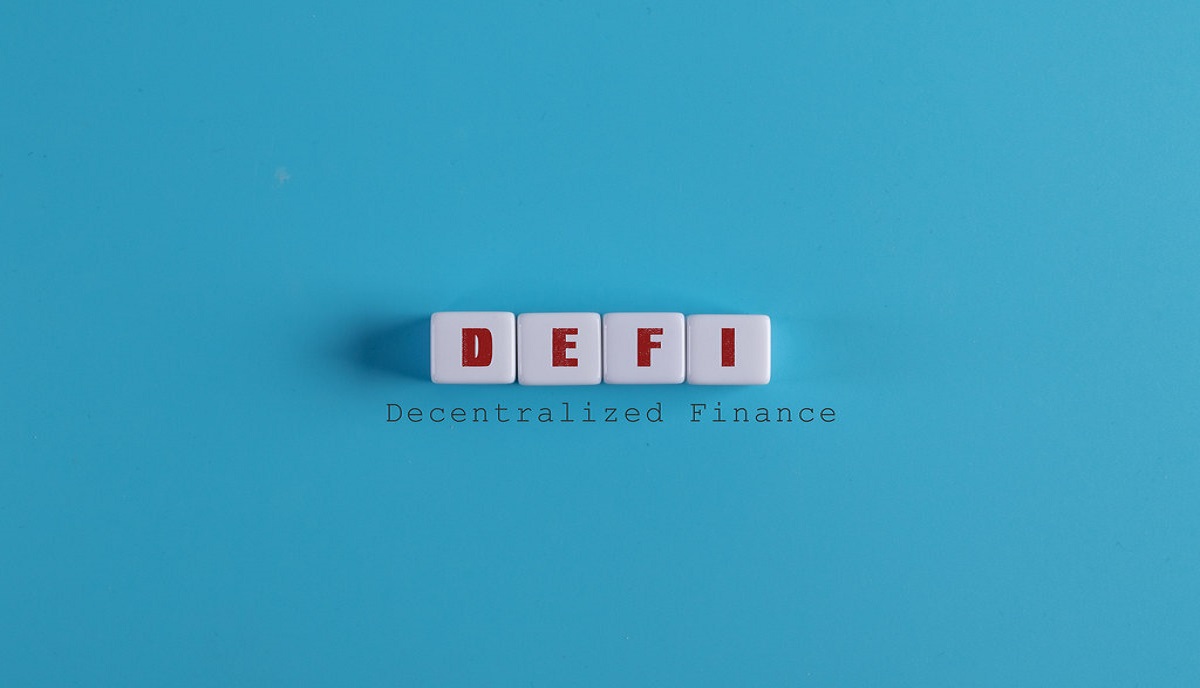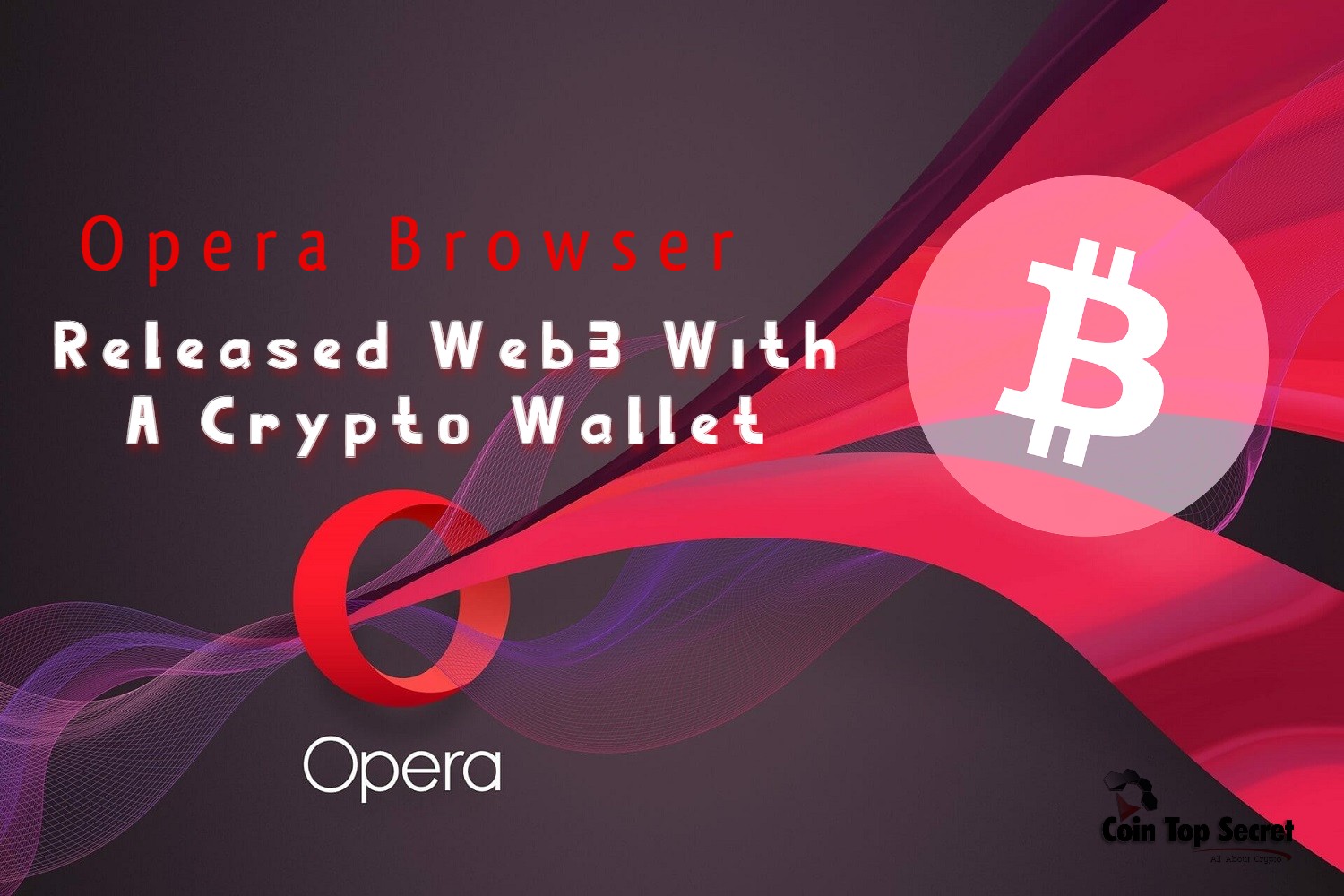The token of one of the most popular blockchain has grown by almost 3000% in 2021. What is it connected with, how the project is developing and what are its features?
Based on the Solana blockchain NFT protocol Burnt. Finance raised $ 3 million in investments in early May this year from Alameda Research and other crypto funds.
Solana is also one of the largest blockchain in DeFi in terms of the number of blocked funds – $ 917 million.
Solana has a large community – over 84 thousand people in Telegram, and more than 250 projects have been launched on its blockchain.
According to representatives of the Solana Foundation, the current throughput of the blockchain is 60 thousand transactions per second, and in the future it may be up to 710 thousand transactions per second.
This high transaction processing speed is based on the Proof of History (PoH) solution algorithm and the Gulfstream and Turbine communication protocols.
How does the Solana blockchain work?
Unlike Polkadot, Ethereum and others, Solana is a Tier 1 blockchain that has no sidechains or parachains. Solana representatives claim that their blockchain is based on the PoS (Proof of Stake) consensus algorithm, but not everyone in the community agrees with this. It is believed that Solana is based on the dPoS (Delegated Proof of Stake) algorithm.
The high speed of transaction processing in it is based on the PoH solution, which allows time synchronization between nodes to be much faster, thanks to the creation of decentralized clocks.
Within the Leader Schedule and the Turbine and Gulfstream data transfer protocols, the interaction between the nodes is synchronized.
This solves the traditional orphan block problem for other chains, including Ethereum, and reduces the block mining time to 0.4 seconds.
The faster synchronization between nodes on the Solana blockchain makes it fast enough to compete with complex centralized systems.
Other innovations in this ecosystem are archivers that implement distributed data storage, and optimization of transaction recording through Cloudbreak.
Solana blockchain nodes are rewarded for processing transactions in the SOL utility token and, unlike other PoS (Proof of Stake) chains, it has no restrictions in the form of the minimum number of coins required to create a node.
History and project team
The project is based in San Francisco and was founded in 2017 with the first version of the testnet launched in 2018. The founders of Solana are Dr. Eric Williams, BREW OS developer Greg Fitzgerald and former Qualcomm and Dropbox developer Anatoly Yakovenko, who communicates with the Russian-speaking part of the community in Russian.
Solana officials define their blockchain as “a public operating system that anyone can participate in.”
On March 23, 2020, a Dutch auction of Solana tokens took place, the peculiarity of this sale was that its participants could return up to 90% of the transferred funds.
In June 2020, the Solana Foundation was created to foster ecosystem development. The organization’s tasks also include conducting research, including with the involvement of third-party teams, educational and educational activities. For this, the Solana Foundation received 167 million SOL coins from Solana Labs.
The council of the organization, in addition to its CEO Anatoly Yakovenko, includes an entrepreneur and investor, co-founder of Staking Facilities Wolfgang Albrecht, developer James Prestwich, representative of Multicoin Capital crypto fund Mabel Jang and Patrick Felton.
The project Solana has attracted a lot of market attention among other blockchain companies. In July 2020, it was announced that FTX crypto derivatives exchange would launch Serum decentralized exchange on the Solana blockchain.
In October 2020, Solana developers created a cross-chain bridge with Ethereum that allows assets to be transferred between two blockchain.
At that moment, the first stablecoin on the Solana USDC blockchain was released, and Waves also announced the integration of the Gravity protocol with the Solana blockchain.
With the development of the Solana network over the course of the current year, SOL has grown by 2955%, from $ 1.8 to $ 55 in May, according to Coinmarketcap.
Despite the fact that the Solana blockchain is in test mode, several DeFi projects are operating on it. 48% of blocked funds ($ 440 million) come from AMM (Automated Market Maker) Raydium, which copies the order book of the Serum decentralized exchange, the exchange itself ($ 279 million) and the Solfarm aggregator ($ 115 million).
Criticism
Solana still operates in testnet mode, which means that all services on its blockchain, including DeFi, are prone to failures. In December 2020, an outage occurred during which the network was down for 6 hours.
However, the number of projects using the Solana blockchain continues to grow. At the same time, the Solana blockchain is not often used in practice, so many judgments about it are of an evaluative nature.
It will only be possible to understand how effectively Solana can solve the scalability problem after its network is working in native mode and has passed the test of time.


